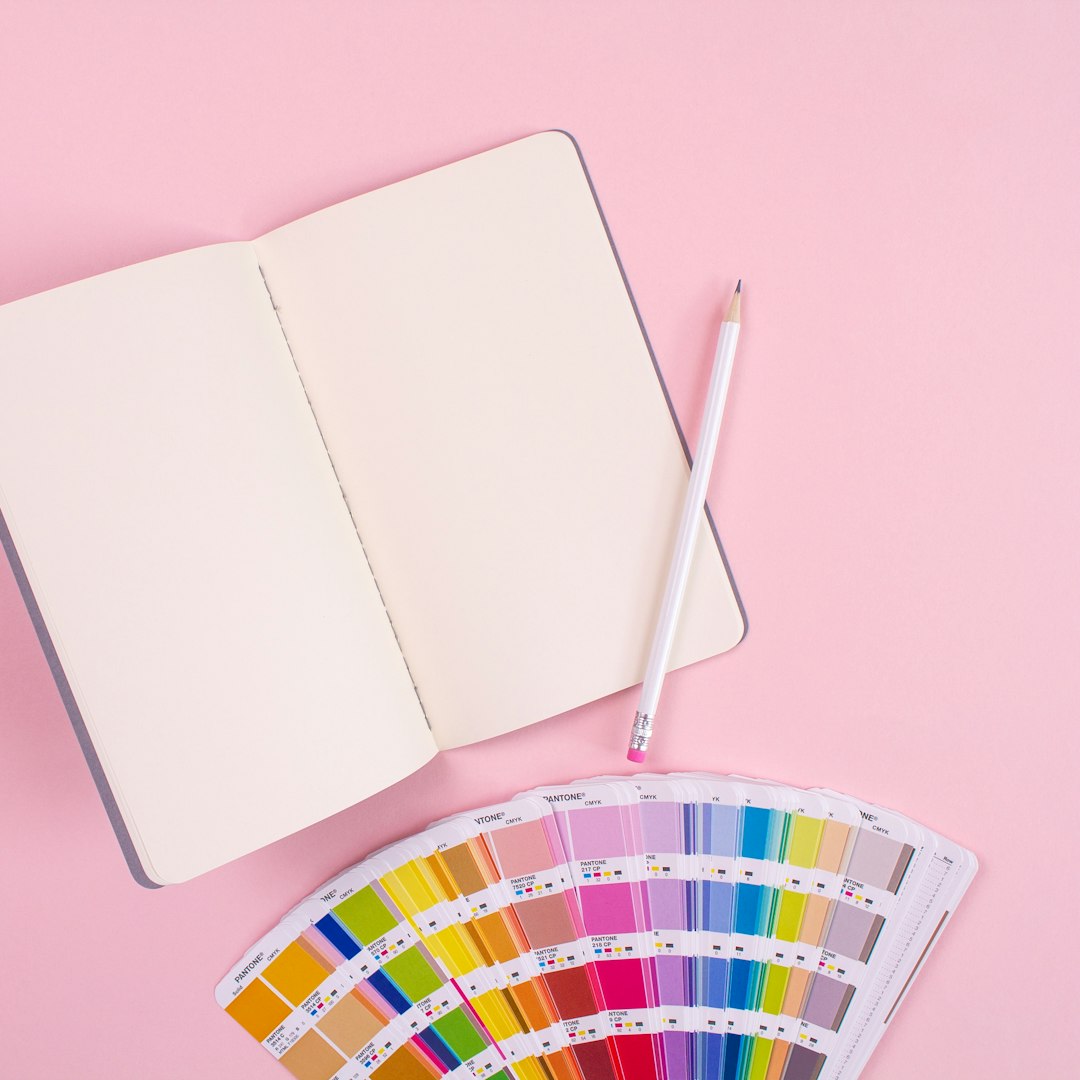Instructional design is a rapidly growing field that combines education, psychology, and technology to create effective learning experiences. As the demand for instructional designers continues to rise (long may it last), it is important to stand out in the field. If you have a background as a teacher, using your teaching skills can enhance your instructional design. In this article, I’ll explain how I think these skills can be applied to absolutely smash your instructional design projects.
Understanding Learning Styles

As a teacher, you’ll be familiar with the concept of learning styles and how they can impact the effectiveness of instruction. Sometimes, the kids just won’t listen, but assuming they do, you know learning styles can be successful when used correctly. And this knowledge can be applied to instructional design by creating materials and activities that cater to different learning styles. For example, visual learners may benefit from infographics or videos, while auditory learners may prefer podcasts or lectures. It’s vitally important to incorporate a variety of learning styles into your instructional design. And by doing so, you can create a more engaging and effective learning experience.
Creating Engaging Content
One of the key skills of a successful teacher is the ability to create engaging and interactive lessons. And it’s really easy to spot if kids aren’t paying attention, so you’ll totally know if you’re any good at this. The bonus is, if you can keep a class of 8-year-olds engaged, you can use the exact same skill in instructional design. When designing learning materials, think about how you can make the content more interactive and engaging. This could include incorporating games, simulations, or group activities. By making the learning experience more enjoyable, you can increase retention and motivation among learners.
Utilising Assessment Strategies

As you know, teachers are experts at creating assessments that accurately measure student understanding. And even though quizzes aren’t necessarily everyone’s favourite, they’re great to include in your instructional design. By incorporating various assessment strategies, such as quizzes, projects, and discussions, you can ensure that learners are understanding and retaining the material. Additionally, assessments can provide valuable feedback for instructional designers to improve their materials and make them more effective.
Incorporating Change
In the classroom, teachers are constantly changing instruction to meet the needs of all learners. This encroaches a little on the ‘learning styles’ point, but by creating materials that cater to different learning levels and abilities, you can ensure that all learners are able to access and understand the content. An obvious example of this is that you could include additional resources for struggling learners or more challenging activities for advanced learners.
Continuous Improvement
Just like teachers are constantly reflecting on and improving their teaching practices, instructional designers should also strive for continuous improvement. Trust me, it doesn’t always work like that, because human nature is such that this step often gets missed (Top 3 mistakes new instructional designers often make). One solution is to seek feedback from learners and incorporate it into future designs. You should also stay updated on the latest research and trends in instructional design. And finally, try seeking out professional development opportunities such as instructional design bootcamps or reading instructional design books.
Make Sure You Use Teaching Skills
By utilising teaching skills in instructional design, you can create more effective and engaging learning experiences for your audience. Whether you are a teacher looking to transition into instructional design or an instructional designer looking to enhance your skills, incorporating these tips can help you stand out in the field and make a positive impact on learners. Have you used teaching skills in your instructional design work? Share your experiences in the comments below.
